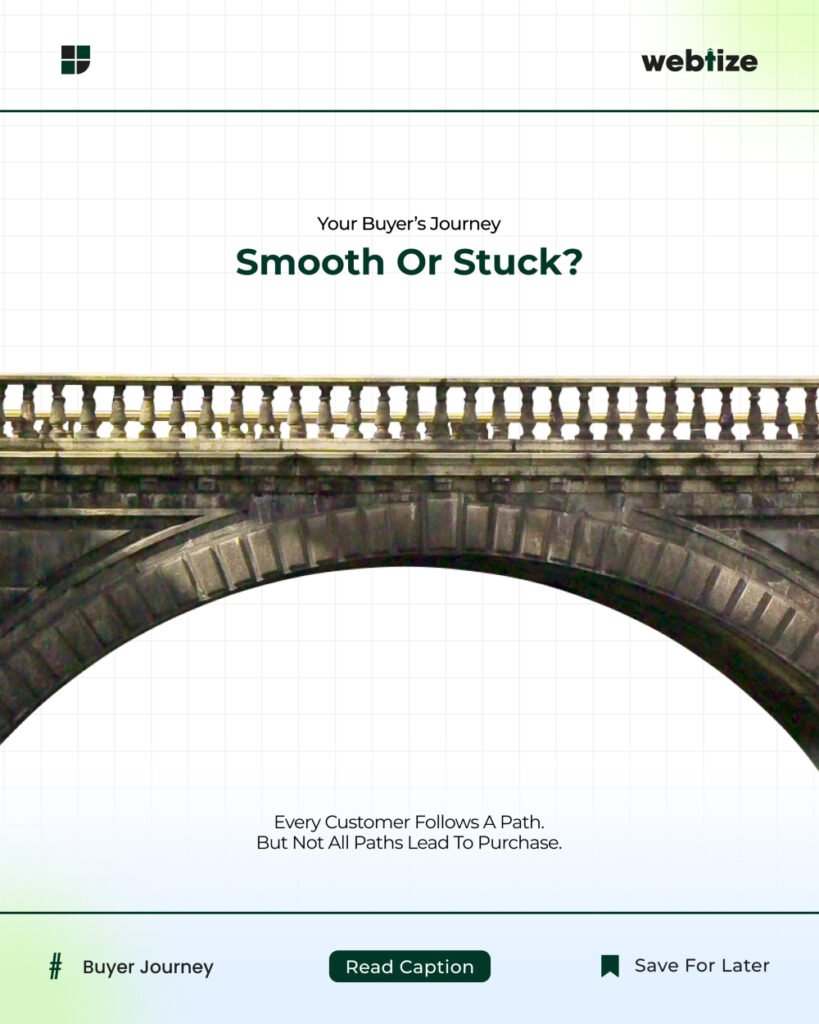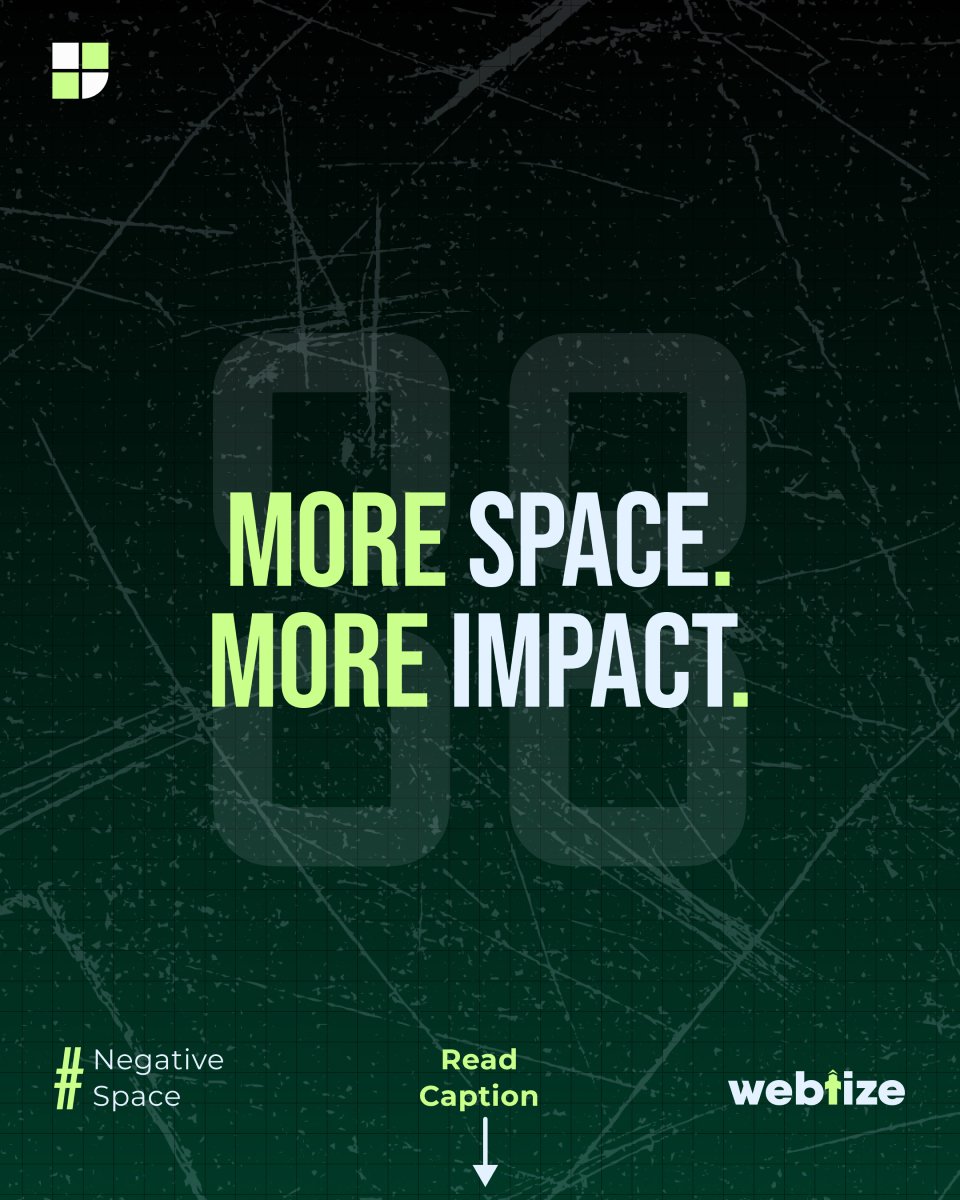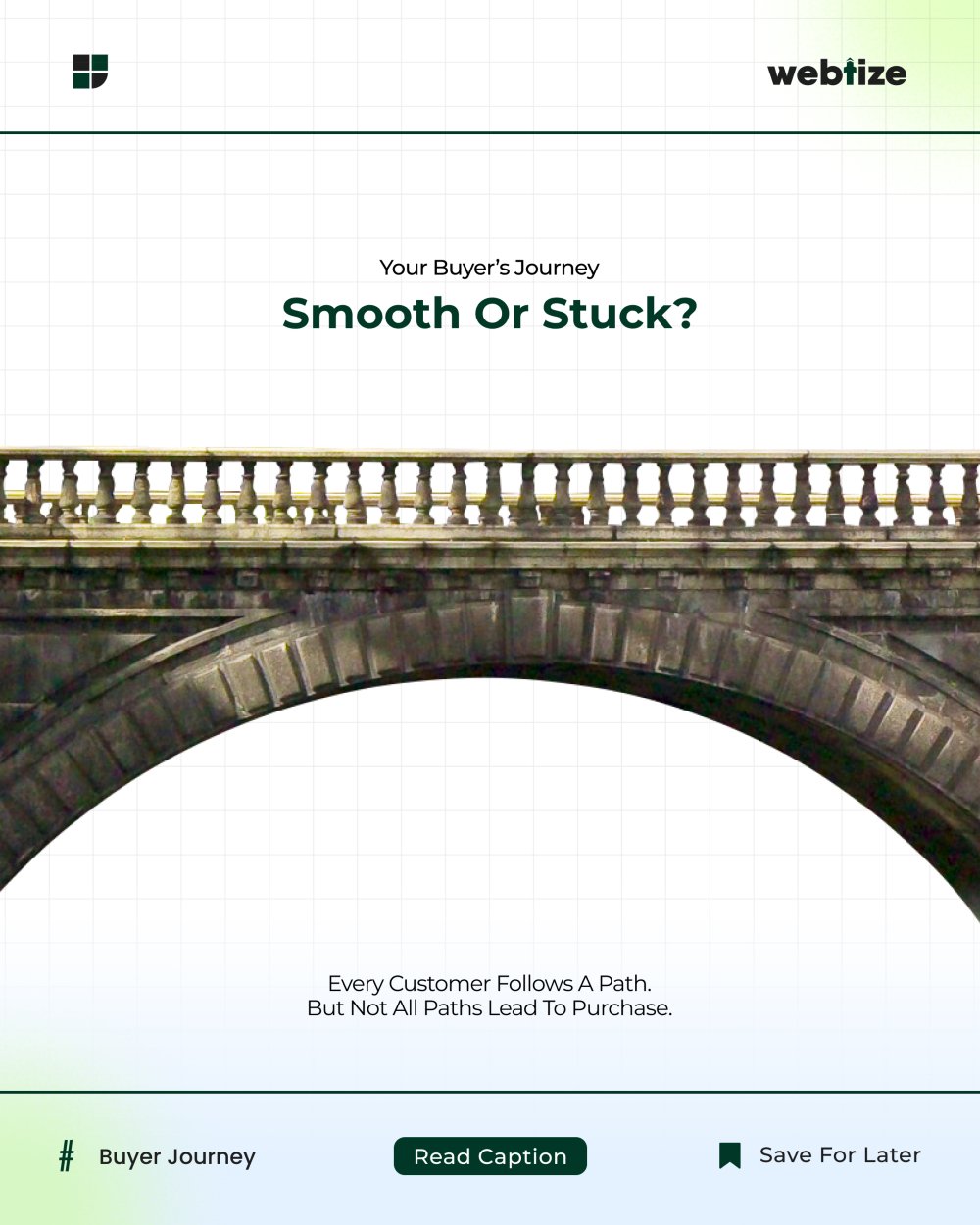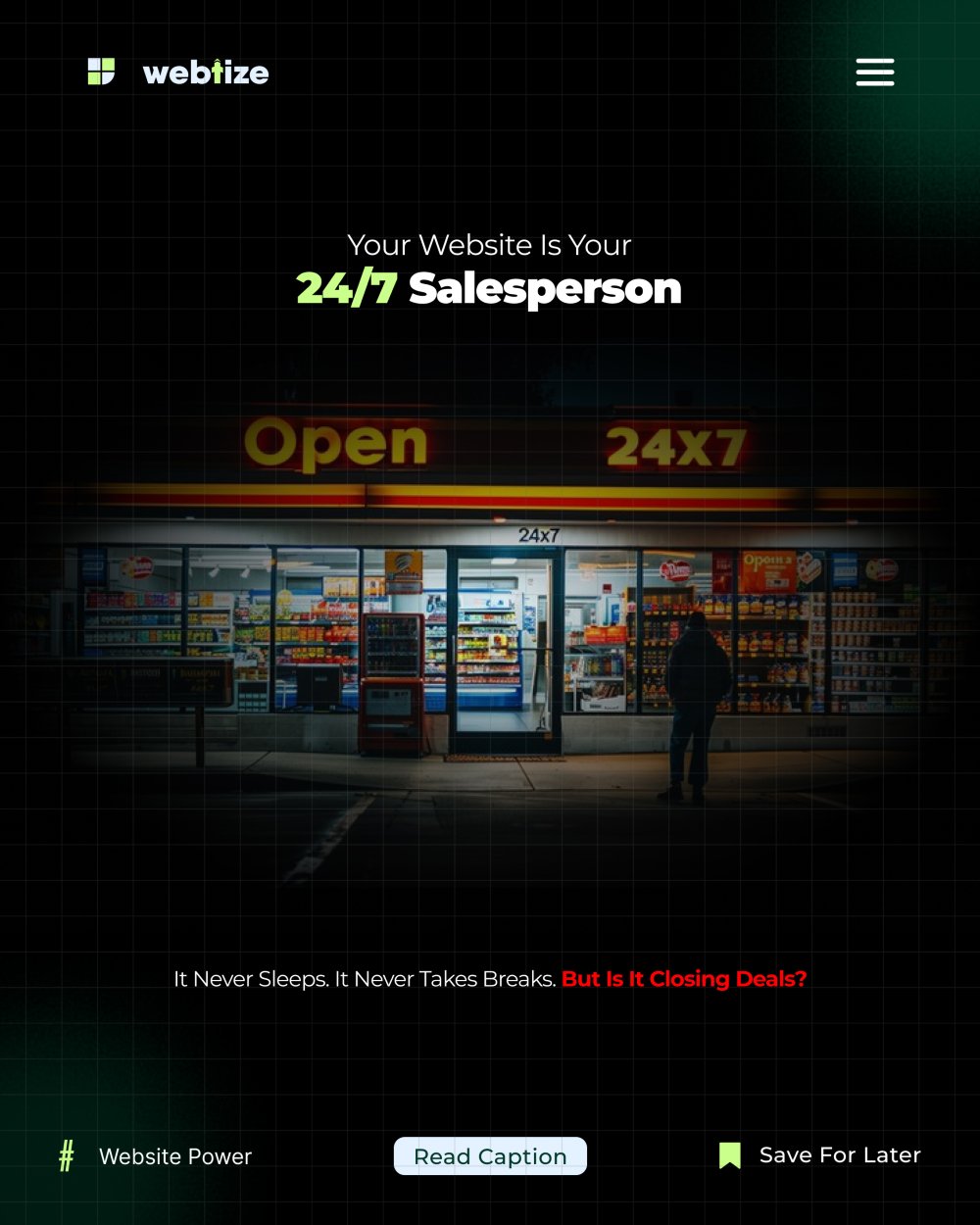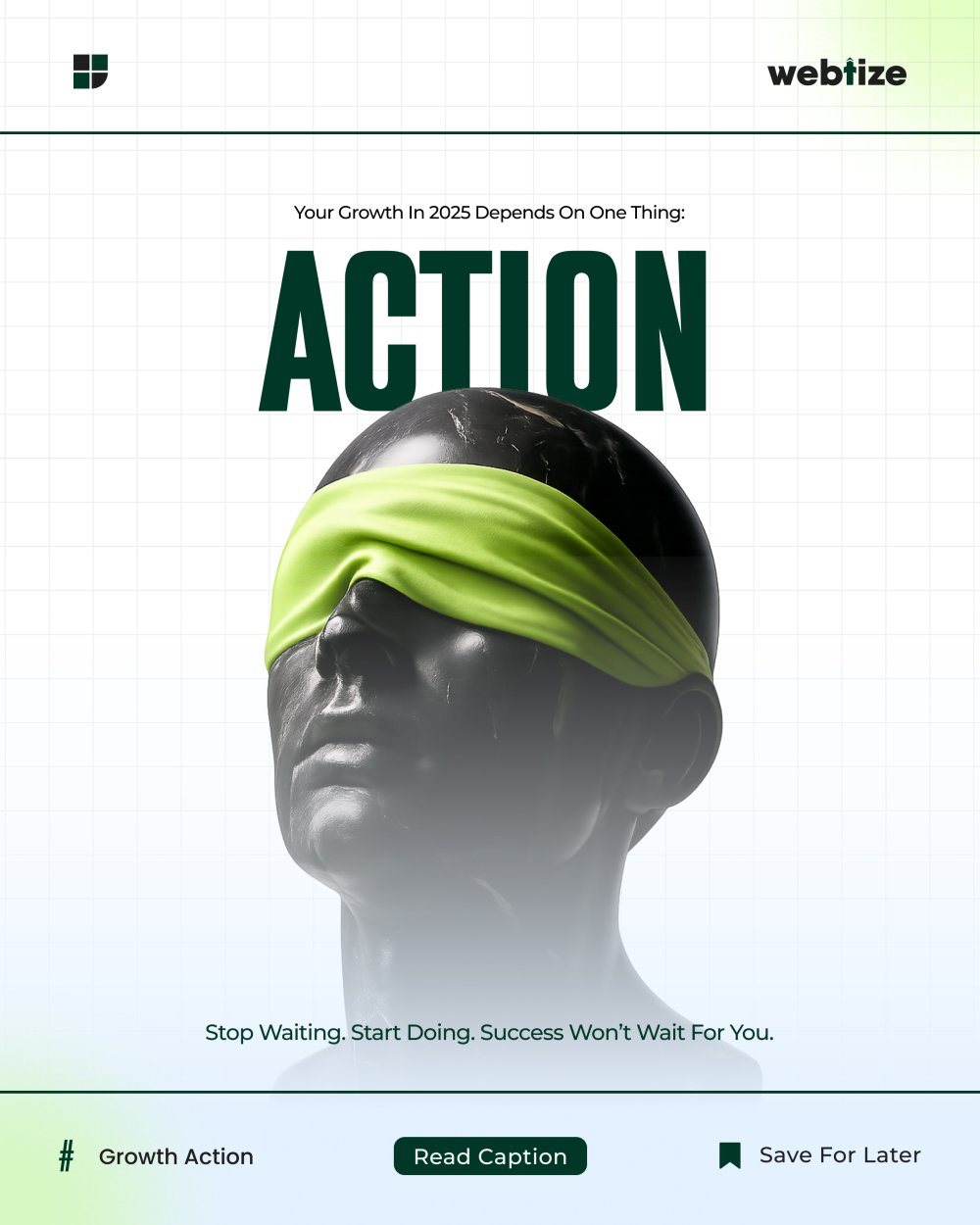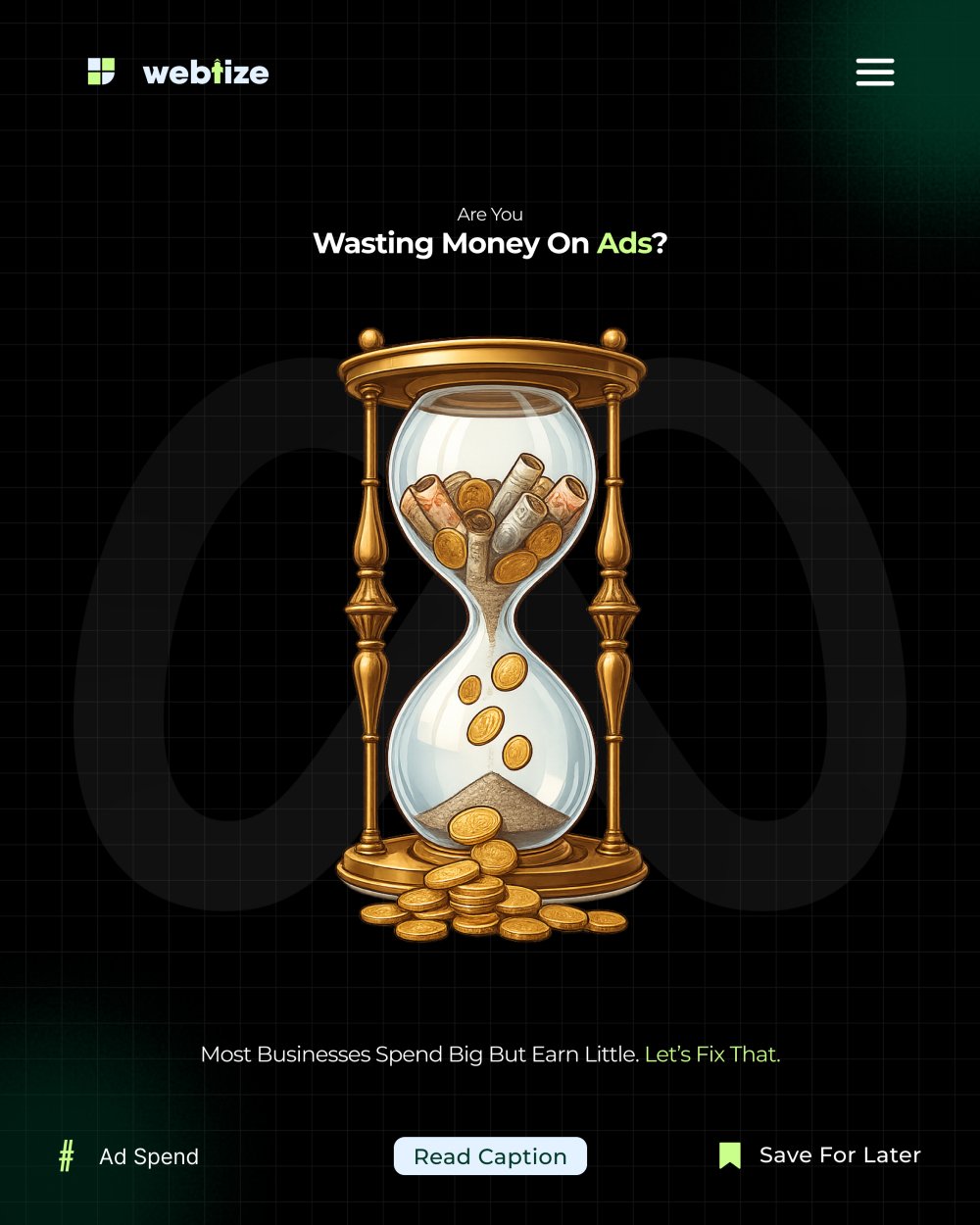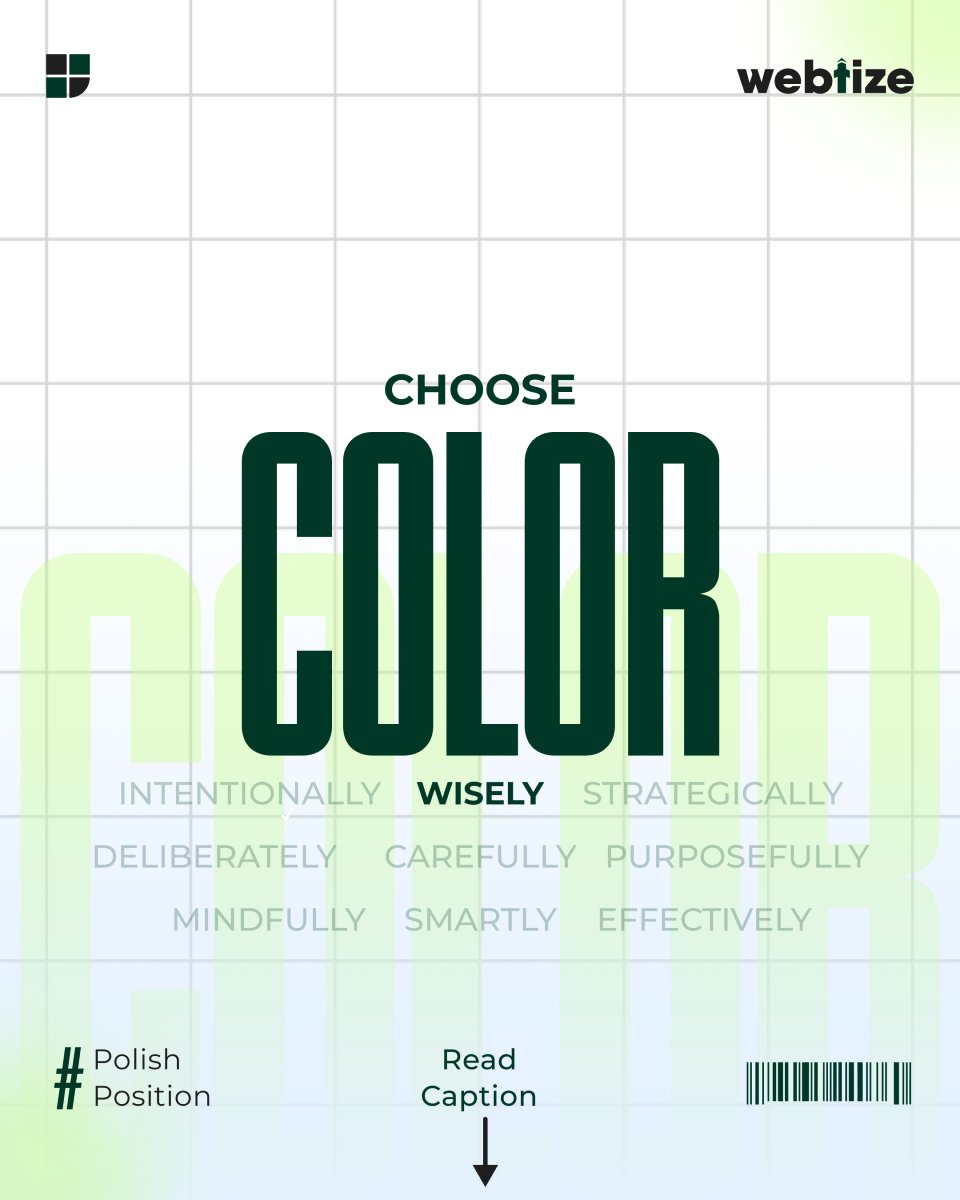Smooth journeys mean higher conversions. When each step is easy, users trust the process and continue forward. That is the power of conversion funnel optimization—it aligns design, copy, and advertising into one cohesive flow that reduces friction and increases sales.
At Webtize, we build digital advertising funnels that guide attention, nurture interest, and recover lost buyers with retargeting. In short, our goal is simple: turn browsers into buyers.
Why funnel design matters for growth
A sales funnel is more than a buzzword. It is a structured path from awareness to action. However, many brands fail because their funnels are disjointed or confusing.
- Awareness campaigns bring traffic, but visitors leave if pages are slow or vague.
- Consideration content builds trust, yet weak CTAs lose momentum.
- Decision pages seal the deal, but poor checkout experiences kill conversions.
As a result, businesses invest in ads but see disappointing ROI. Funnel optimization fixes this by mapping each touchpoint to user intent.
Core elements of sales funnel marketing
1. Seamless user journey
A funnel must feel natural. Each step should answer one question and lead to the next. For example, a landing page might promise a free trial, the form confirms benefits, and the thank-you page nudges an upgrade. Therefore, clarity and sequence matter as much as creativity.
2. Clear calls to action
CTAs drive decisions. Strong action phrases like Start My Free Trial or See Plans Now consistently outperform vague buttons. In addition, CTAs should appear in logical positions: above the fold, mid-scroll, and at the natural end of the page.
3. Retargeting strategy
Most visitors will not convert the first time. Retargeting campaigns remind them of value, build familiarity, and recover abandoned carts. According to industry studies, retargeted users are far more likely to return and buy than cold traffic. Therefore, retargeting is not optional—it is essential.
4. Trust signals that reinforce credibility
Testimonials, certifications, case studies, and guarantees reassure users at every stage. As a result, hesitation drops and decision speed increases.
A 30-day funnel improvement plan
Week 1 – Audit and baseline
- Map the current funnel: ad → landing page → form → checkout → follow-up.
- Identify drop-off points with analytics.
Week 2 – Quick wins
- Rewrite CTAs with action-based language.
- Add one trust signal to the landing page.
- Improve form speed and mobile responsiveness.
Week 3 – Retargeting setup
- Launch cart abandonment ads.
- Create remarketing audiences for visitors who engaged but did not buy.
Week 4 – Testing and scaling
- Run an A/B test on landing page headlines.
- Measure ROI by comparing cost per lead before and after changes.
- Scale budget only on winning ad-funnel combinations.
Why funnel optimization drives ROI
Conversion funnel marketing does not only improve user experience—it maximizes every ad dollar. Instead of chasing more traffic, you convert a higher percentage of the traffic you already have. Moreover, by closing leaks in the funnel, growth becomes predictable and sustainable.
Work with Webtize
At Webtize, we design conversion-focused funnels that combine advertising, clear CTAs, retargeting, and SEO-friendly design. As a result, your website works nonstop, building trust and driving sales.

